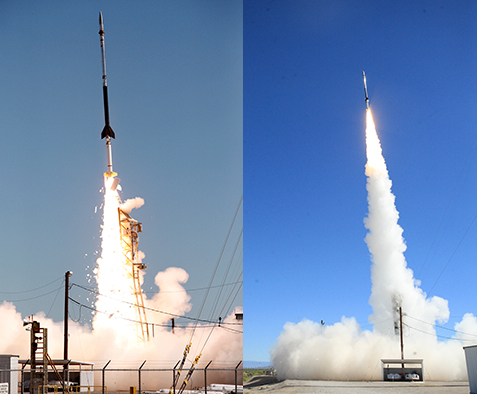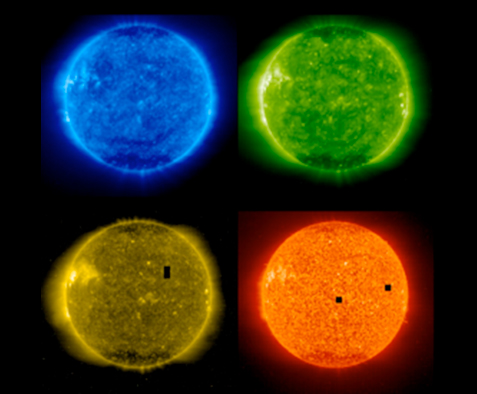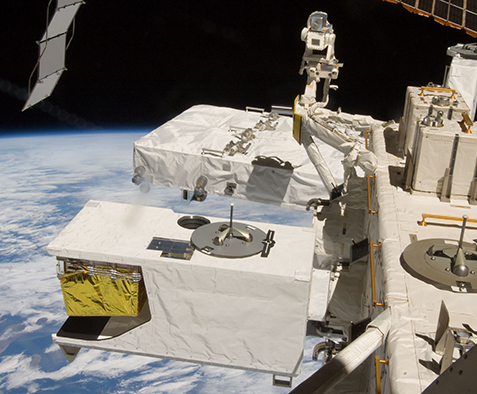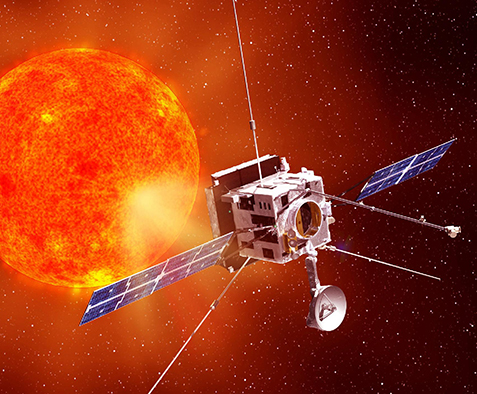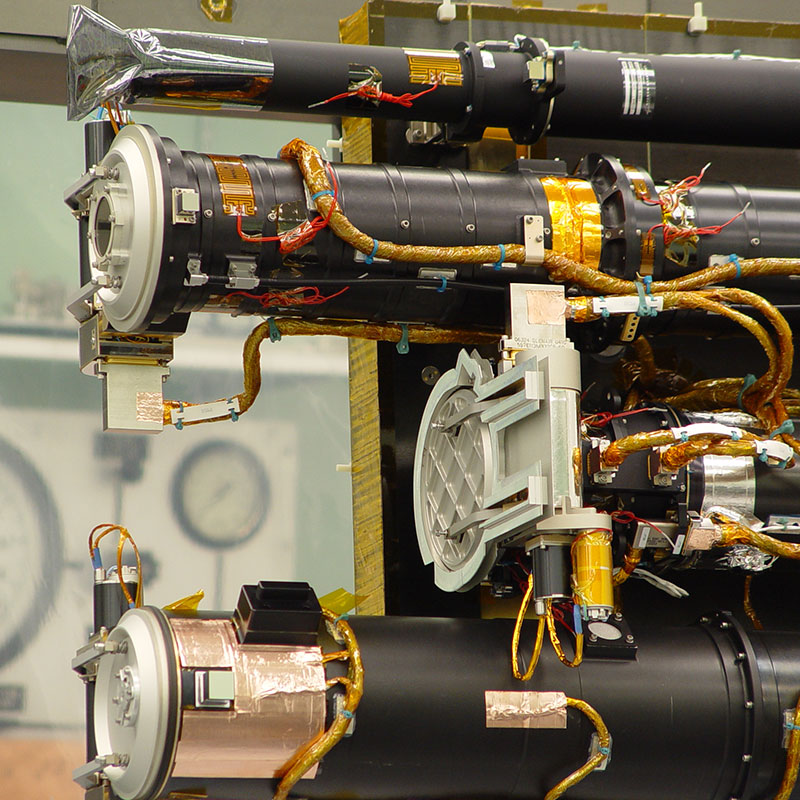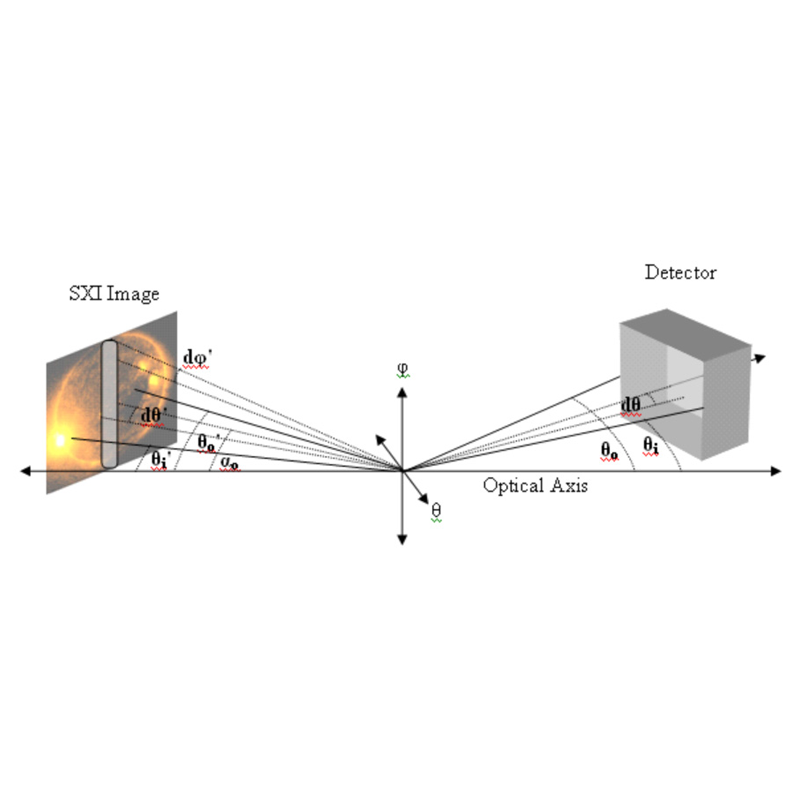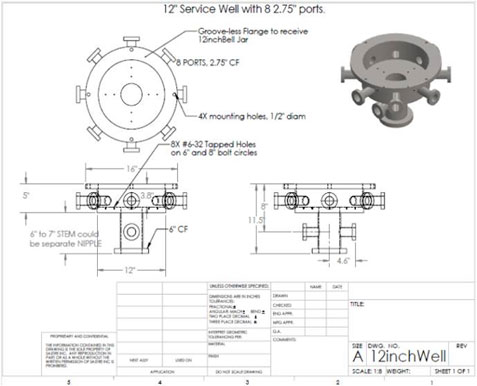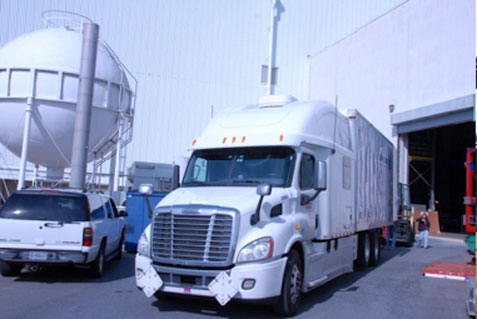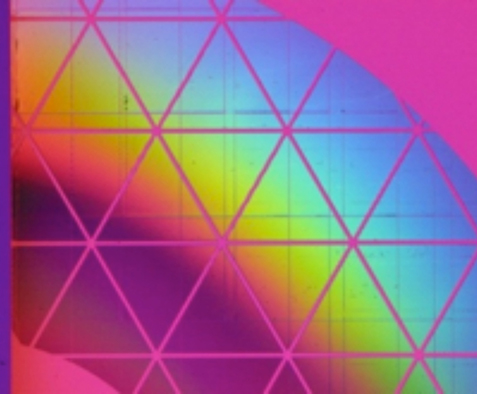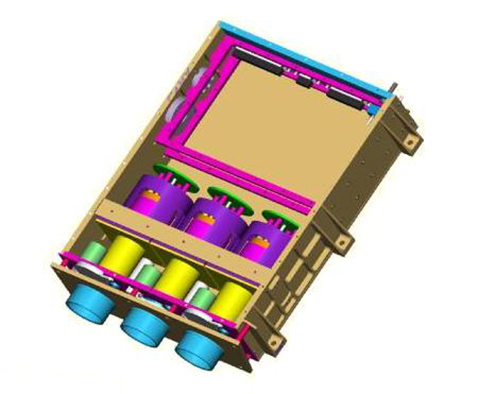Vault Program
Agency: NRL
SSRC has worked with the NRL team to upgrade their original VAULT payload to the new and improved VAULT 2.0.
The Very high Angular resolution Ultraviolet Telescope (VAULT) sounding rocket payload is a Ly-alpha imaging spectroheliograph own twice successfully (1999, 2002).
The VAULT2.0 instrument has been specifically upgraded to obtain nearly Rayleigh diffraction limited resolution (<0.38 arcseconds) at ultraviolet wavelengths. VAULT2.0 will utilize an excellent optical quality 30cm diameter telescope followed by a zero dispersion spectroheliograph to achieve 0.38 arc-second spatial resolution H Ly alpha images. The solar image is projected onto a high speed, large format CCD camera which uses a 2048×2048 E2V CCD detector.
SSRC personnel have supported the Navy team of scientists and engineers from the VAULT 2.0 proposal through the successful development.


